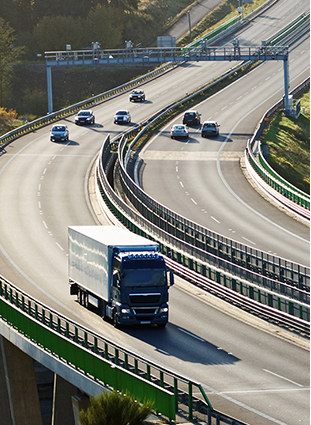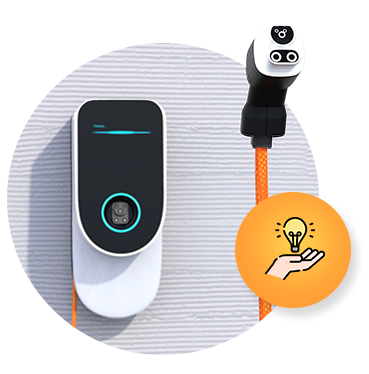Electrification Roadmap for Commercial Vehicles
Zubin Sarkar, Head of Strategy, Marketing and Business Development, Siemens Commercial Vehicles, talks to our host, Pranjal Sharma, about the electrification roadmap for commercial vehicles and the company's expanding focus on it - from mining trucks to school buses and everything in between. Know how automakers can successfully compete in the vehicle electrification space and manage increasing complexity while maintaining and retrofitting traditional vehicular lines.
 Commercial vehicles are moving
Commercial vehicles are moving
into the electrification space sooner that we think!
We all know that auto manufacturers have mastered the art of designing, validating, and building vehicles with internal combustion engines over the last century. However, as vehicles evolve with new technologies, the processes and tools used to develop them must also evolve. Companies like Siemens and Cummins are forging ahead in the electrification space by simulating and validating performances to optimize product design, improve quality and get the products customers want to market faster.
"It's a no-brainer when it comes to reducing carbon emissions the world over and one of the best ways forward is through reducing emissions produced by heavy duty commercial vehicles. A major reason for the commercial transportation industry's growing interest and investment in electrification is simple—it can benefit fleets, offer advantageous fuel prices, and lower total cost of ownership. In short, battery-electric vehicles check all the sustainability boxes," says Zubin. Without an internal combustion engine, the cost of downtime and maintenance drops drastically and because battery-electric engines don't produce emissions, they help to comply with growingly stringent emissions rules across countries.
While electric vehicles have primarily been limited to the light-duty arena, the electrification of the heavy-duty sector is off and running as companies are planning to introduce battery-electric or fuel-cell and battery models over the next couple of years.
 Phasing them in
Phasing them in
Electrification of light commercial vehicles will occur across all included body types, but at different degrees and timelines. While pickups and vans lead the charge, buses, particularly school buses, also show impressive growth of electrification as the body types clearly favored by new entrants to the market. "Siemens is looking to proactively address the industry's need for clean and efficient technology-underscored by its driveline, air management, steering and braking technologies—for today's conventional vehicles and the transitional technology leading to an electrified future, especially in relation to medium-duty commercial vehicle trucks, buses and heavy-duty pickup trucks," says Zubin. Until recently, electric vehicles were expensive to develop and buy, leaving OEMs (Original Equipment Manufacturer) and customers uncertain of their future potential. But startups have disrupted the automotive industry by innovating new technologies at lightning speed, reducing battery prices, and opening the possibility of commercializing electric vehicles with mass-market appeal. Additionally, OEMs face a steep rise in engineering complexity due to an influx of environmental regulations and growing consumer demand for vehicle connectivity.

The best way forward is to work on two distinct scenarios, covering 'early adoption' and 'late adoption,' according to each weight class and geography. The two scenarios will also need to factor in core assumptions, such as regulatory pushes, infrastructure readiness, and the supply availability, which may result in delay or advancement of uptake. As emissions regulations and government policies the world over are manifesting at an ever-increasing pace, businesses need to envision and build vehicles that reduce operating costs, while enhancing productivity and safety. Based on market intelligence and analysis of many different scenarios which are sensitive to a defined set of assumptions, results show that commercial vehicle electrification will be driven at different rates across segments, depending on the specific characteristics of use cases. Currently, the development of electric buses for urban transportation is accelerating and both, smaller delivery vehicles and long-range trucks are following. The largest consumer of power remains the drive train, followed by climate control systems for heating and air conditioning. Subsystems that include pumps, fans and compressors are omnipresent and require highly efficient semiconductor solutions. There have already been several successes in this space, such as low-emission dump trucks being used in mining enterprises. China, Brazil, Europe, and America have also made significant progress, introducing electric buses to many of their cities.

The retrofit solution
As many older vehicles are still in use in public transport a complete replacement of the vehicle fleet is neither economical nor sustainable, so more and more concepts such as "retrofitting", the subsequent renewal of the drive train or the retrofitting of an electric drive train are coming to the fore.
- Tune into:
-
 Apple
Apple
-
 Spotify
Spotify
-
 Amazon Music
Amazon Music

